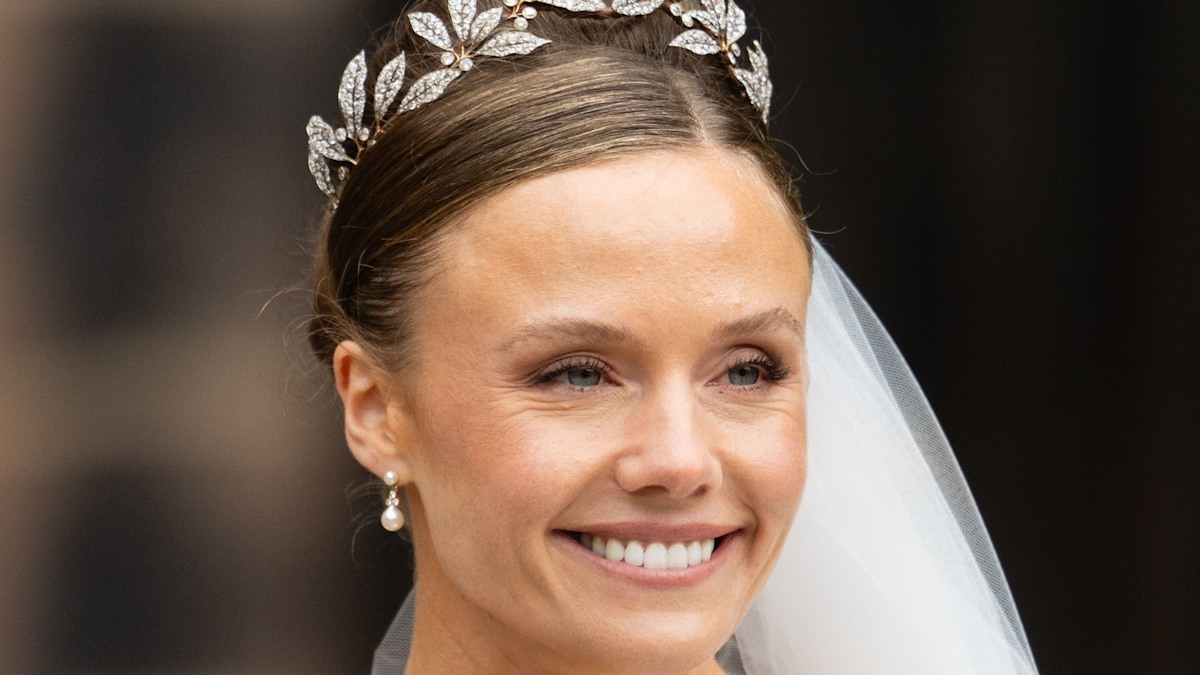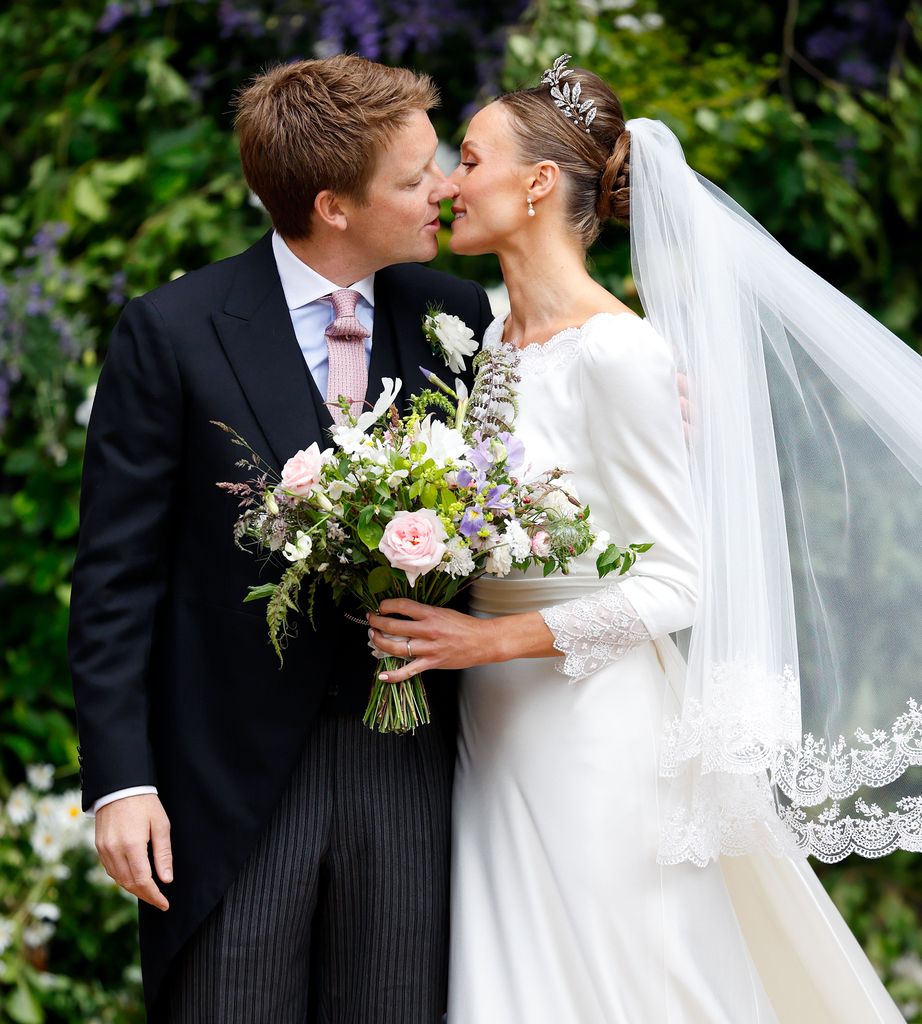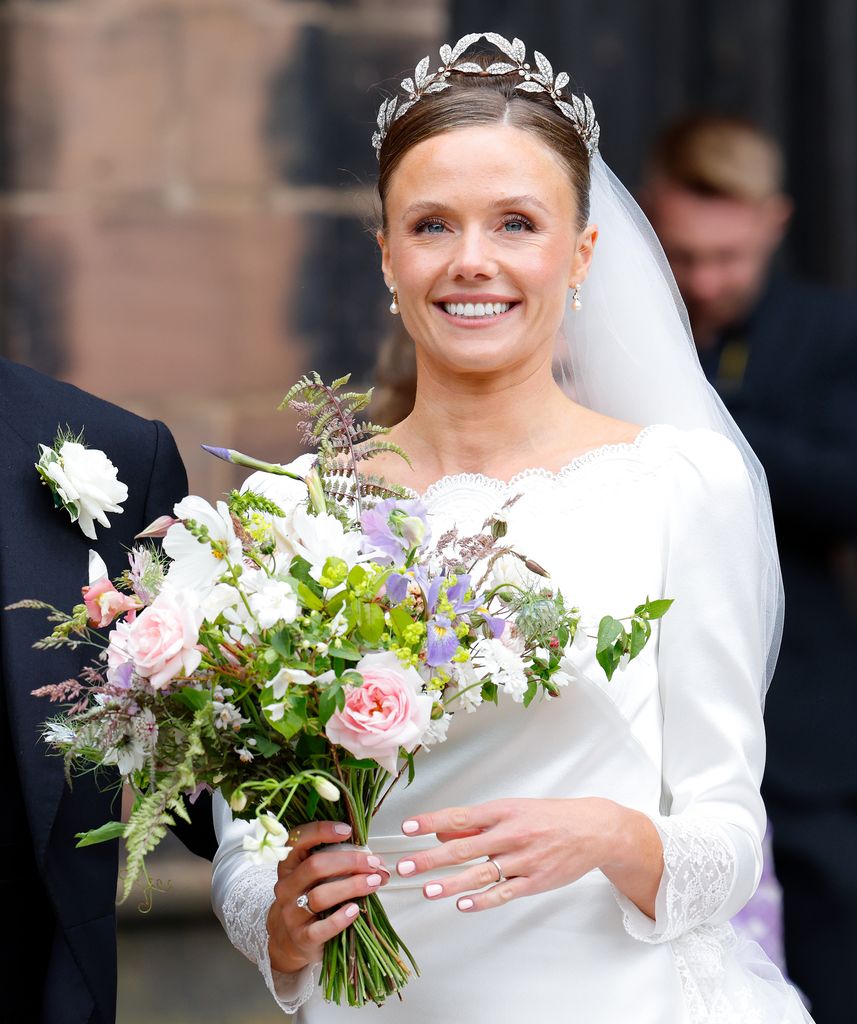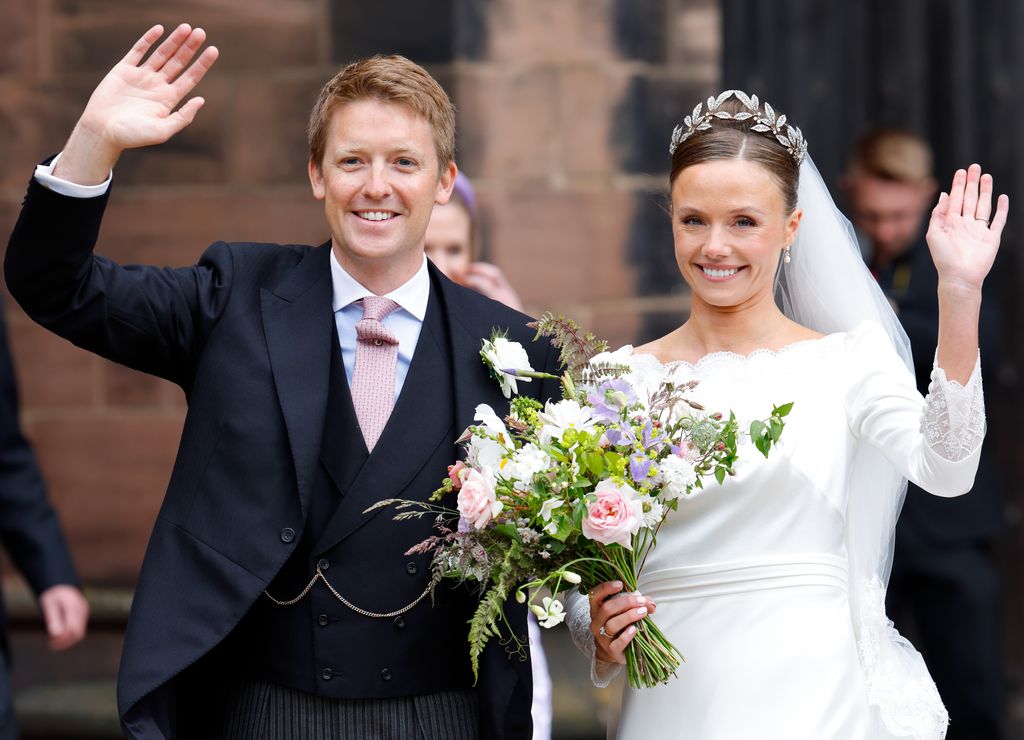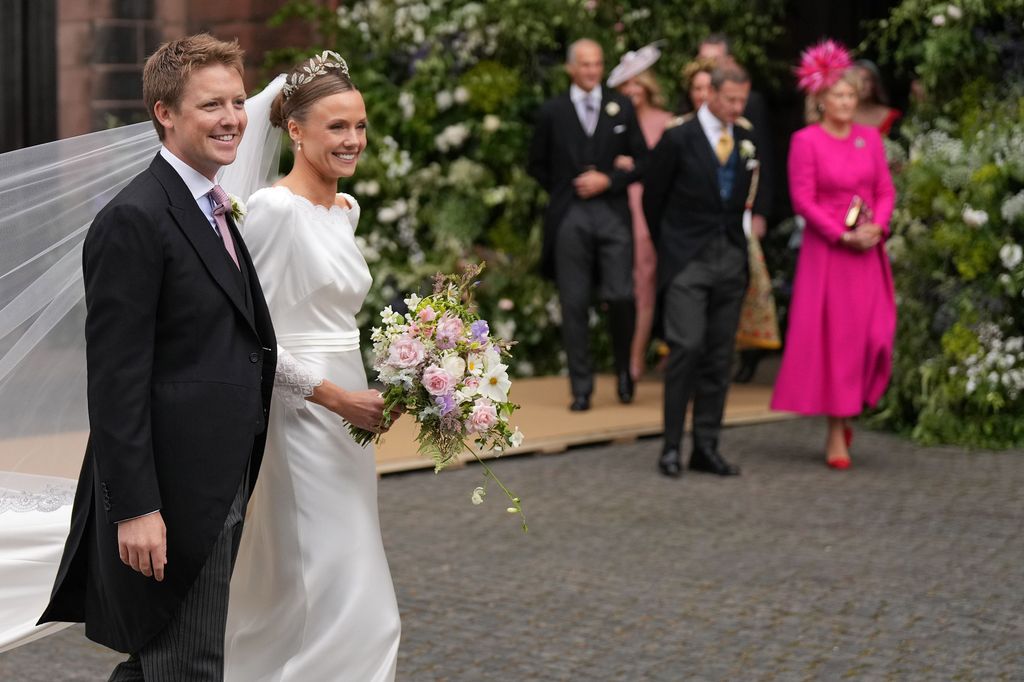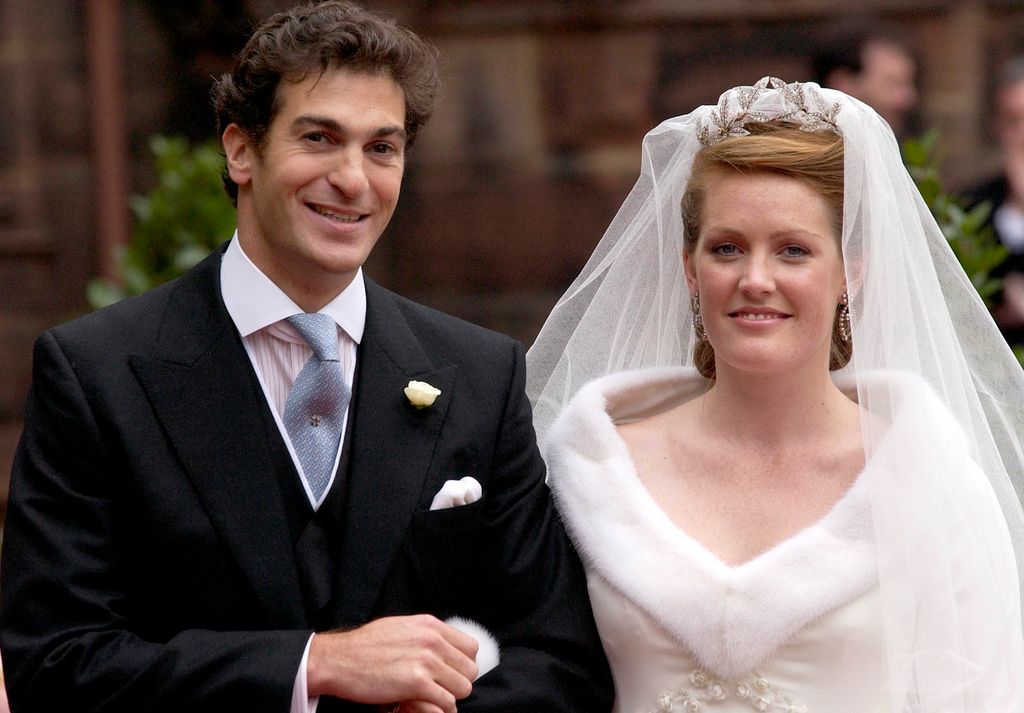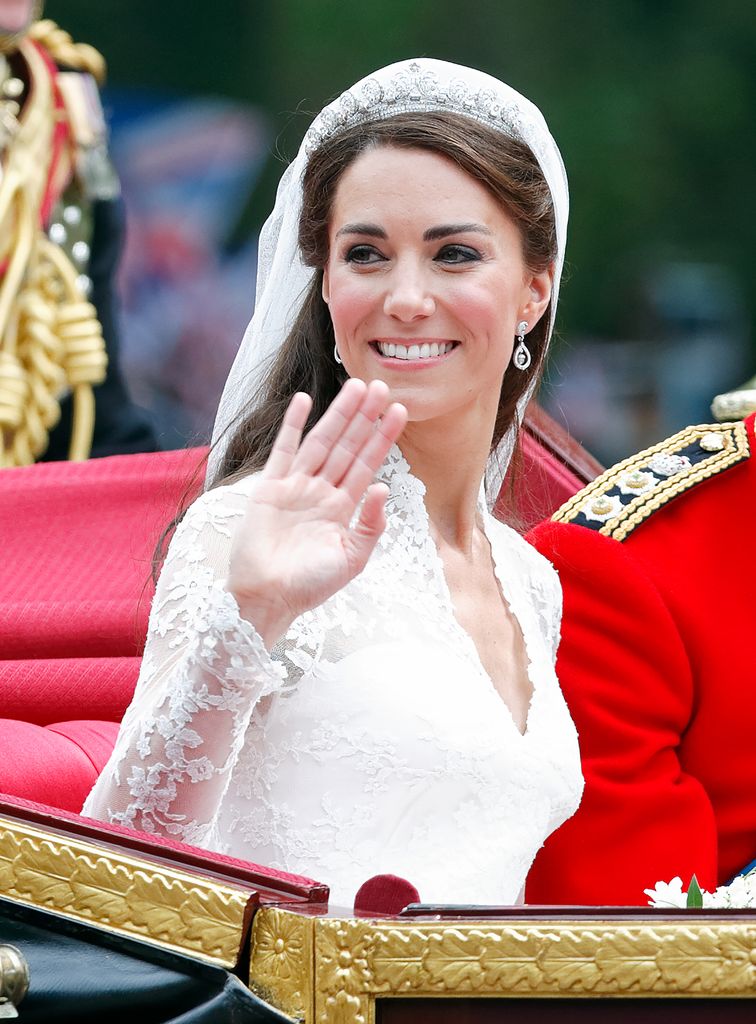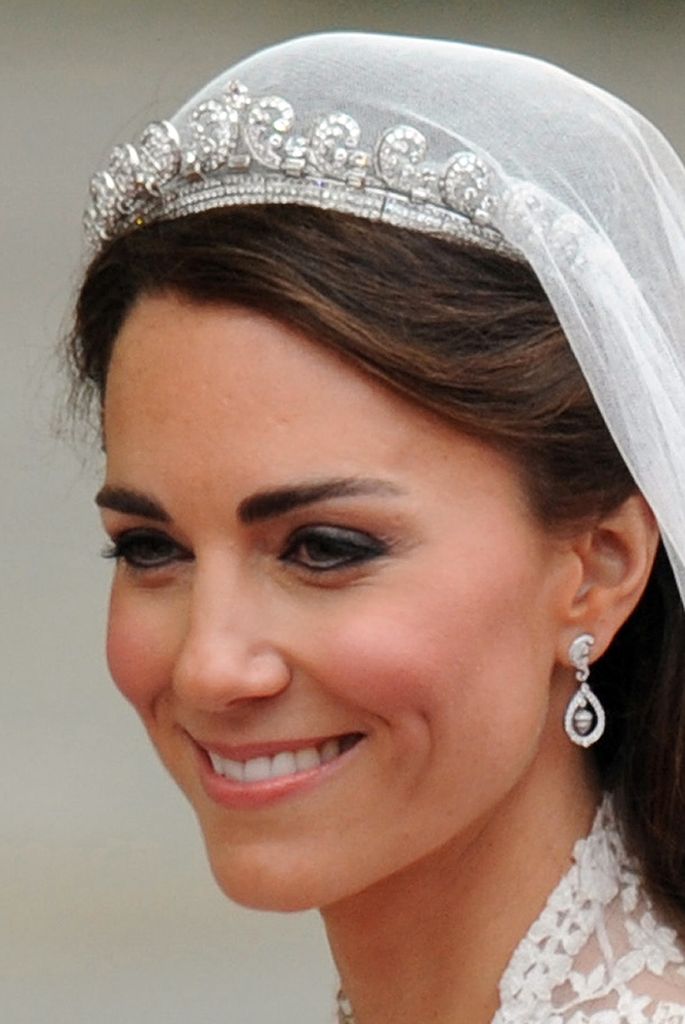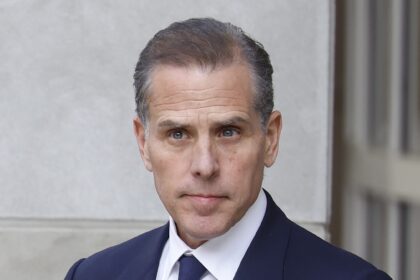When Olivia Henson married Hugh Grosvenor, Duke of Westminster on 7 June 2024, she not only married the love of her life in a picture-perfect ceremony attended by friends, family, and the Prince of Wales, but she took on a major personal first.
Olivia, the now 7th Duchess of Westminster, 32, wore a tiara for the very first time – and it was not only a visually stunning moment, but a deeply symbolic one as she was welcomed into the Grosvenor fold, becoming a vital part of one of the most affluent families in the country (the Grosvenor estate is now worth an estimated £10.6bn and includes 300 acres of land in London’s Mayfair and Belgravia).
Accessorising her bespoke Emma Victoria Payne gown, Olivia wore the Fabergé Myrtle Leaf tiara from the Grosvenor family’s private collection – and was the picture of grace and poise.
“This is one of those pieces where value becomes almost irrelevant. You’re dealing with a Fabergé tiara, one of only a handful known to exist, owned by one of Britain’s most established families,” diamond expert and Founder of Abelini jewellery, Nilesh Rakholia tells HELLO!.
“If it ever went to auction, you’d probably see a figure upwards of £1.5 million, maybe more. However, its worth lies in what it represents: a century of family tradition, exceptional craftsmanship, and the kind of romantic legacy you can’t put a price on.”
Olivia’s bridal tiara – all the details
Explaining which metals and stones feature in the tiara, Nilesh says that everything about the construction of the Fabergé Myrtle Leaf tiara is intentional and exquisite.
“It looks to most likely use old European cuts and possibly rose cuts for the finer details,” the jewellery expert says. “The leaves are mounted in silver, which would’ve been the metal of choice for enhancing the brightness of diamonds at that time.
“The stalks are made from engraved red gold, probably 14 carat, and shaped to mimic the structure of real myrtle branches,” he adds. “It’s not just jewellery, a piece like this is art, like a sculpture. The level of detail, especially for something made in 1906, is remarkable.”
Why is the Fabergé Myrtle Leaf tiara symbolic?
The Grosvenor family tiara (which was also worn by Olivia’s sister-in-law Lady Tamara on her and Edward van Cutsem’s wedding day in 2004) is rivalled by few, besides the collection belonging to the royal family.
However, Olivia’s bridal diadem has one major difference. “This tiara wasn’t designed to impress, it was made to mean something,” Nilesh tells us. “The myrtle leaf has symbolised love and marriage since ancient Greece, so it’s incredibly fitting as a bridal tiara. What elevates it even further is the history behind it.
“It’s been worn by generations of Grosvenor brides for over 100 years, and it continues to appear at family weddings today. There aren’t many pieces left in the world that still carry that kind of personal and historical weight.”
One of the most iconic royal tiaras – the Cartier Halo worn by the Princess of Wales on her wedding day in 2011 – is perhaps as beautiful. Though Nilesh says the two really shouldn’t be compared.
“They’re both bridal tiaras, but the feel is completely different,” he says. “The Cartier Halo is clean, geometric, and very ‘1930s royal glamour’. It’s light, elegant, and a little understated.
DISCOVER: Olivia Henson’s breathtaking bridal tiara was identical to Princess Charlotte’s
“The Fabergé Myrtle Tiara feels far more intimate. It’s romantic, it’s symbolic, and it has a softness that reflects its purpose. One was made for public display, the other for private legacy. When it comes to symbolism and heritage, the Fabergé piece is in a different league altogether.”
Read the full article here


